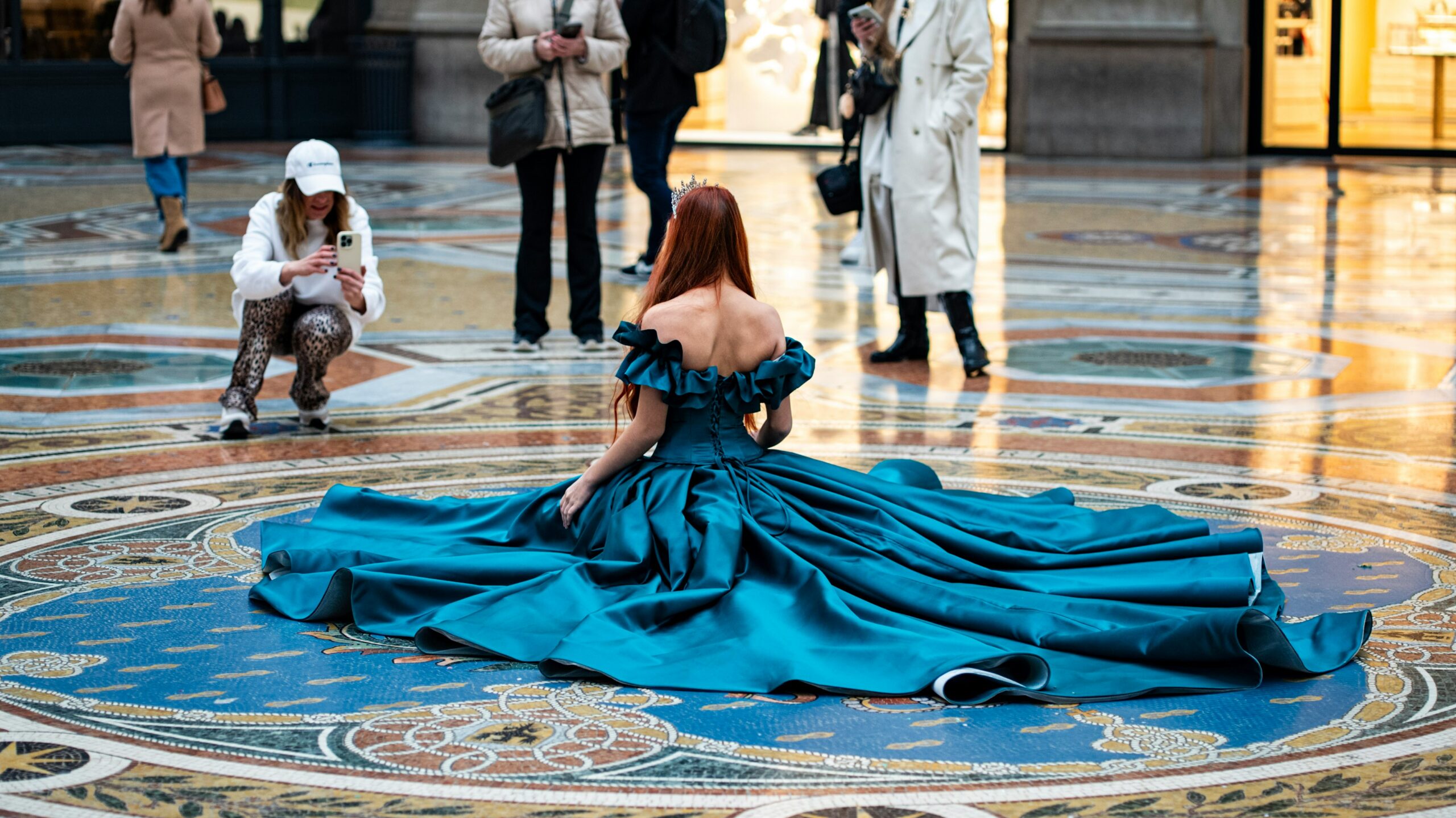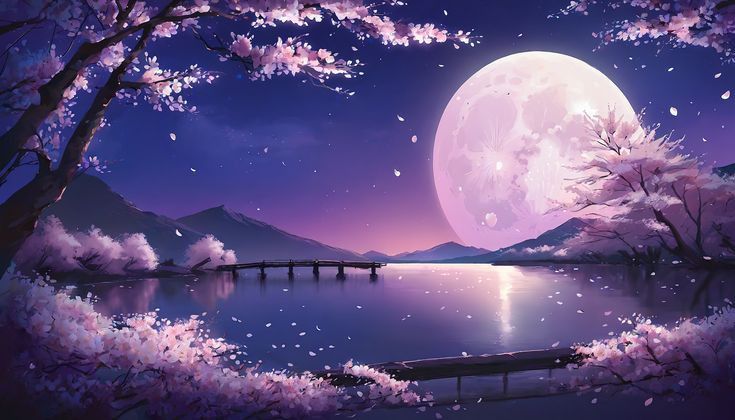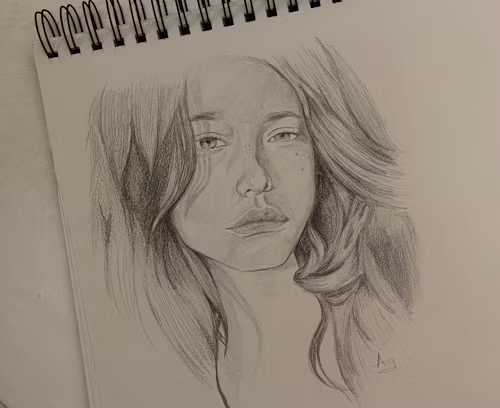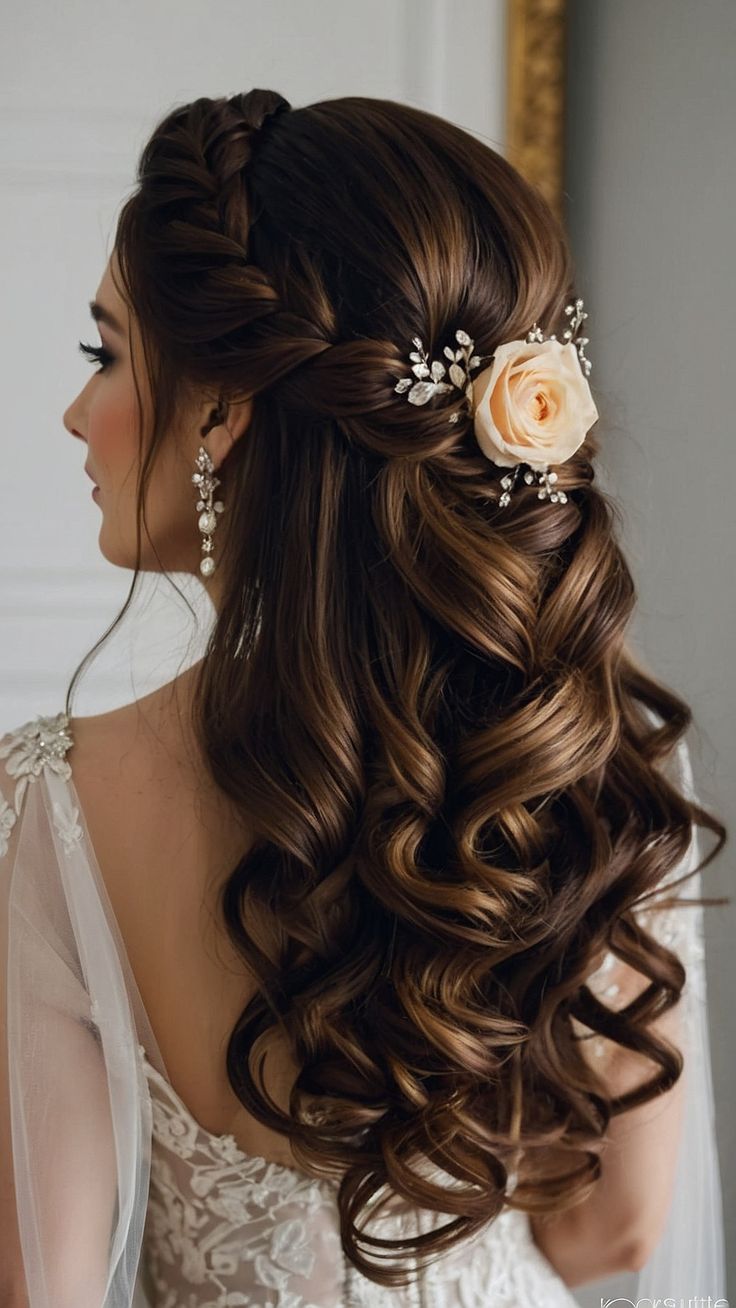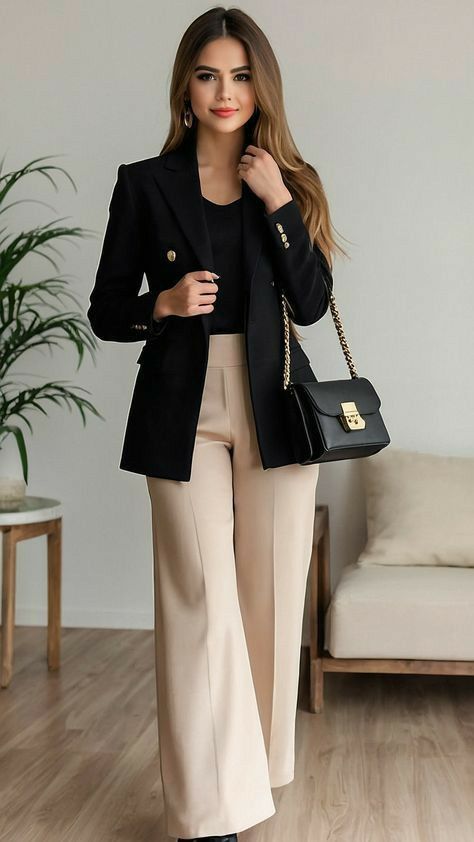1. The History Behind the Glamour
The Met Gala, officially known as the Costume Institute Gala, was founded in 1948 as a fundraising event for the Metropolitan Museum of Art’s Costume Institute in New York. But over the decades, it has transformed from a high-society dinner into a global fashion spectacle.
The annual themes, curated by the museum, give celebrities and designers a unique playground to interpret and express creativity through clothing. From “Camp: Notes on Fashion” to “Heavenly Bodies,” these themes inspire some of the most iconic, outrageous, and unforgettable looks in red carpet history.
2. Designers Behind the Magic
Every Met Gala dress is the result of months — sometimes even a year — of collaboration between a celebrity and a fashion designer. Top fashion houses like Versace, Dior, Valentino, Gucci, and Balenciaga often take center stage, showcasing haute couture that pushes design boundaries.
Take Rihanna’s 2015 Guo Pei gown — a dramatic yellow cape with a 16-foot train — or Zendaya’s Cinderella-inspired Tommy Hilfiger look in 2019, which lit up and transformed on the red carpet. These aren’t just dresses — they’re wearable art.
3. Memorable Looks That Shook the Internet
Some dresses become instant viral moments. Whether they’re praised or polarizing, they dominate headlines and social media for weeks.
-
Kim Kardashian’s “wet dress” by Thierry Mugler (2019) gave the illusion of water dripping from her body.
-
Blake Lively’s 2022 Versace gown changed color on the steps to reflect the Statue of Liberty’s patina.
-
Lady Gaga (2019) did a full costume change on the carpet — not once, but four times — turning the Met Gala into a performance piece.
These moments remind us that at the Met Gala, fashion is more than style — it’s theatre, storytelling, and spectacle.
4. Themes That Shape the Dresses
Each year’s Met Gala theme guides the creative process behind the gowns. Themes are inspired by history, culture, art, or fashion itself. For instance:
-
“Heavenly Bodies: Fashion and the Catholic Imagination” (2018) brought sacred opulence to the carpet. Rihanna came dressed as a bejeweled pope, while Zendaya embodied Joan of Arc.
-
“Camp: Notes on Fashion” (2019) encouraged irony, exaggeration, and humor. Billy Porter arrived carried by six men like a pharaoh, in full gold wings.
-
“Karl Lagerfeld: A Line of Beauty” (2023) honored the late designer’s legacy, prompting classic silhouettes with monochrome palettes and tweed textures.
The themes act as creative fuel, setting the tone for unforgettable dress designs each year.
5. Cultural Impact and Conversations
Met Gala dresses often spark larger cultural conversations. From body image and representation to identity and gender norms, what celebrities wear can reflect societal shifts.
For example, Lizzo’s bold, body-positive looks, Harry Styles’ gender-fluid fashion choices, or Alexandria Ocasio-Cortez’s “Tax the Rich” dress — all challenged expectations and stirred public debate.
It’s clear: the Met Gala is more than glitz — it’s a cultural mirror, and the dresses are part of that reflection.
6. The Role of Technology and Innovation
Modern Met Gala dresses frequently incorporate tech elements. Designers now use 3D printing, LED lighting, and smart textiles to create looks that weren’t possible a decade ago.
-
Claire Danes’ glowing Cinderella dress by Zac Posen (2016) lit up with fiber optics.
-
Lil Nas X’s 2021 look involved three outfit layers, ending in a jeweled catsuit that looked like digital armor.
-
Iris van Herpen’s designs, worn by stars like Tessa Thompson, often feature 3D-printed patterns that mimic natural elements.
Fashion at the Met Gala is not just visual — it’s interactive, moving, and sometimes even mechanical.
7. What Makes a Met Gala Dress Iconic?
An iconic Met Gala dress is more than beautiful — it’s bold, on-theme, memorable, and emotionally resonant. It doesn’t have to please everyone. In fact, some of the best ones don’t.
Iconic dresses usually meet a few criteria:
-
They fit the theme with creativity.
-
They push boundaries, but with purpose.
-
They tell a story, not just showcase a silhouette.
-
They leave people talking, reacting, and remembering.
The Met Gala is where celebrities show not just their style, but their identity, their message, and their place in fashion history.

